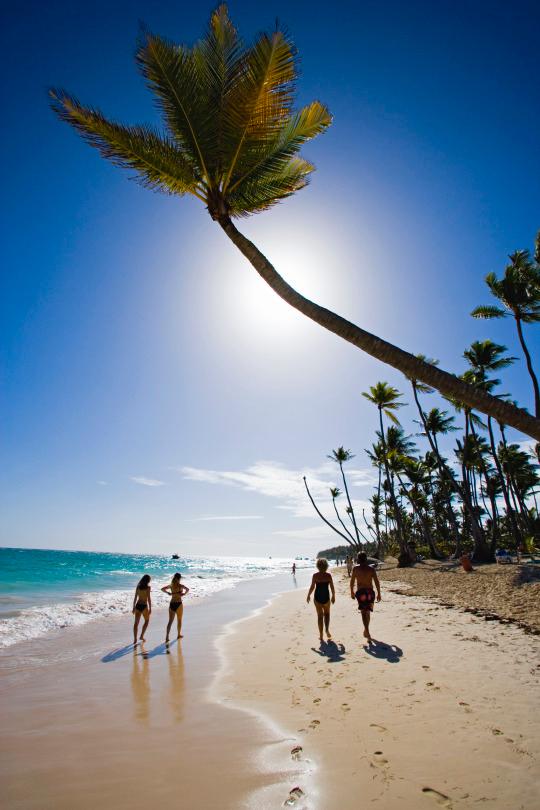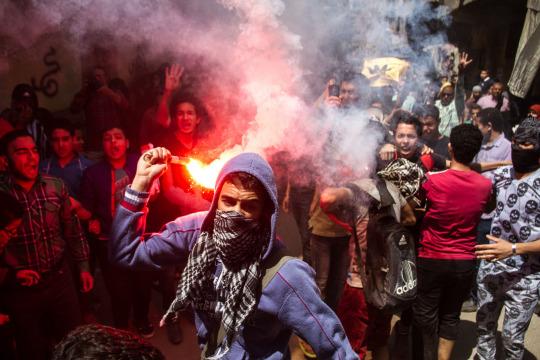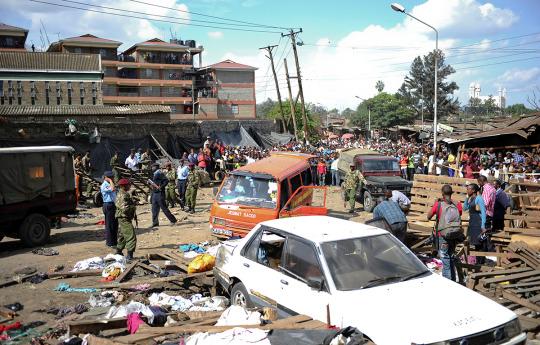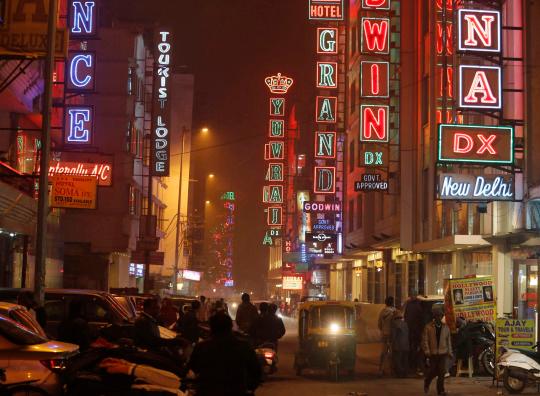Tourist Destinations That Are More Dangerous Than You Think
A
group of twenty travelers were arrested by Chinese authorities last
week in Mongolia on suspicion of having links to a terrorist
organization.
The
wealthy, mostly retired group of tourists, who are British, Indian and
South African, were part of a 47-day organized tour of “Ancient China,”
and were arrested on Friday morning as they boarded a plane in the city
or Ordos.
They had been visiting a nearby mausoleum dedicated to Ghengis Khan.
While
Mongolia is known for its petty street crime towards tourists there has
been little reason in recent years for travelers to avoid the region
due to security concerns. Especially when on a guided tour.
The US currently has five citizens being detained abroad
with dozens of others held without proper legal justification in the
past decade. In many cases, the prisoners were merely tourists in the
country where they have been held captive, whether by police or
extremist groups.
While some places are unsurprisingly dangerous for tourists to venture, many high-risk countries may surprise you.

The
beautiful beaches of the DR attract thousands of visitors each year,
but tourists are often easy targets for various crimes including murder.
(Photo: Atlantide Phototravel/Corbis)
Dominican Republic
Stunning
white sand beaches and warm crystal clear waters attracts thousands of
tourists to this Caribbean paradise each year. However the Dominican
Republic can be a very dangerous place for visitors. Foreigners are
frequently targeted in criminal acts with reports of as many as 39
tourists being murdered over the past three years. The US State Department warns
that the levels of professionalism within the local police is likely to
vary wildly from that of the US, with common attempts to solicit bribes
being reported along with incidents of them using excessive force.

Police
patrol the streets of a gang ridden neighborhood in Tegucigalpa,
Honduras. Honduras now has the highest per capita murder rate in the
world and its capital city, Tegucigalpa, is plagued by violence,
poverty, homelessness and sexual assaults. (Photo: Spencer Platt/Getty
Images)
Honduras
This
beautiful, tropical and historically rich country is located on the
Caribbean coastline of central America. It is a big draw to American
tourists due to its white sand beaches, turquoise waters, lush jungles
and ancient ruins, attracting tens of thousands of visitors from the US
each year. But the country has incredibly high crime rates
with 50% of the population (around 3.5 million people) living below the
poverty line. In 2012, the UN office on Drugs and Crime rated Honduras
as the country with the world’s highest per capita murder rate. Just
last year, a Canadian tourist and his stepson were shot and killed while
visiting the country.

In this April 24, 2015 file photo, an Egyptian youth carries a lit
flare as supporters of the Muslim Brotherhood gather in the El-Mataria
neighborhood of Cairo, Egypt, to protest the 20-year sentence for ousted
president Mohammed Morsi and verdicts against other prominent figures
of the Brotherhood. Egyptian police are increasingly detaining activists
and students in secret, snatching them from homes or the street and
holding them for weeks as their families scramble to find them. (Photo:
AP Photo/Belal Darder, File)
Egypt
Despite
Egypt’s long standing reputation as a popular tourist
destination,largely due to its spectacular ancient landmarks, the
country has become more and more dangerous in recent years for visitors.
With the high threat of terrorism and political instability leading to
frequent violent protests, the country’s main cities have become unsafe
for locals and tourists alike. It has become illegal to photograph
police stations, military facilities and other public buildings and law
enforcement is indiscriminate during times of protest regarding who they
arrest. In November 2011, three American study abroad students, were
arrested and accused of being involved in the protests. The three young
men were detained in an Egyptian jail for over a week before their
release and deportation back to the US. The US State Department advises against travel outside of the city of Cairo.

The
mother of one of the 43 missing students of Ayotzinapa college, holds a
banner with the portrait of her son during a rally to ask Mexican
authorities to continue the search for the 43 students kidnapped
by local police officers since September 26, 2014 in southern state of
Guerrero on March 26, 2015 in Mexico City, Mexico. (Photo: Miguel
Tovar/LatinContent/Getty Images)
Mexico
Almost
40 million tourists head to Mexico each year for it’s year-round warm
climate, spectacular beaches, turquoise water and ancient landmarks. But
the country is one of the worst on earth for kidnappings. Violent,
organized crime groups operating throughout the country have been
responsible for multiple car jackings, kidnappings, robberies and even
murders—many of which have involved US citizens. In May this year the US
State Department issued a Travel Warning to tourists contemplating a
trip south of the border, advising them to be extremely cautious when
traveling within the country. Last year almost 1600 kidnapping cases
were reported to authorities.

Security
forces secure the scene at the site where two blasts detonated, one in a
mini-van used for public transportation, in a market area of Nairobi,
Kenya on May 16, 2014. (Photo: AP Photo, File)
Kenya
With
it’s spectacular savannas, snow-capped mountains and unrivaled
wildlife, Kenya draws visitors, especially safari seekers, from all over
the globe. In January, the US Government issued a worldwide caution
about the continued threat of terrorist attacks from Islamic extremists
across the globe and Kenya was one of the countries highlighted.
Terrorists in Kenya have been responsible for bombings and kidnappings
involving US citizens in the past couple of years and visitors are
advised to be extra cautious when traveling to the country. In April
2014, ISIS militants attacked a convoy in an attempt to kidnap a foreign
humanitarian worker and in 2011, two European tourists were kidnapped
and another killed within a month of each other.

The
Paharganj district is a popular tourist area packed with backpacker
hotels and restaurants near New Delhi railway station. In January 2014,
the Paharganj neighborhood made national news when a 51-year-old Danish
tourist was gang-raped and robbed in the area. (Photo: Vijay
Mathur/Reuters/Corbis)
India
Tourists
to India are expected to abide by strict local customs and etiquette.
As a visitor you are at risk from aggressive retaliation if these
guidelines are not followed, especially in more rural areas. The country
also struggles with anti-western terrorist activity that targets
tourists. Past attacks have targeted public places and tourist
attractions. In February 2013, a bus bombing in a commercial area of
Bangalore killed 17 and injured 119 bystanders included many foreign
nationals. Frequent reports of sexual assault on foreigners have plagued
the country and the US State department strongly advises against its
female citizens traveling alone there. “Western women, particularly
those of African descent, continue to report incidents of verbal and
physical harassment by individuals and groups of men,” reads the State Department advisory.
“Known locally as ‘eve-testing’, these incidents of sexual harassment
can be quite frightening and quickly cross the line from verbal to
physical.”
No comments:
Post a Comment